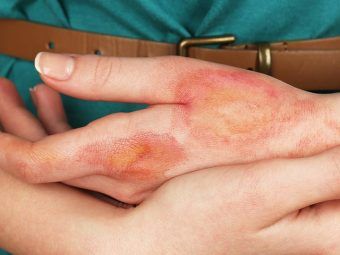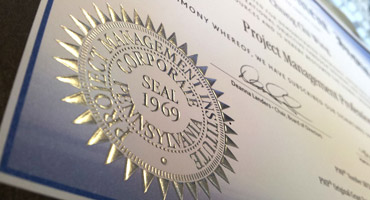In winter, we often use hand warmers, electric blankets, and heating pads to keep warm. Sometimes, although they don't feel hot to the touch, they may be quietly causing damage to the skin.

What is a low-temperature burn?
Low-temperature burns are chronic burns caused by prolonged contact between the skin and a low-temperature object with a temperature higher than body temperature. They typically occur when using heating pads, hot water bottles, electric blankets, or other warming items. These burns are characterized by a relatively low heat source temperature, generally between 44°C and 50°C, but prolonged contact for several hours or more, allowing the heat to gradually penetrate deep into the skin tissue, causing severe damage. Because the initial pain is often subtle, it is frequently not noticed until a deep wound has formed.
Low-temperature burns should not be underestimated .
While low-temperature burns may appear as only slight redness and swelling, the damage is often deeper than that of ordinary burns. Ordinary high-temperature burns cause immediate, intense pain, prompting the person to quickly avoid the heat source. Low-temperature burns, however, are like a frog being slowly boiled in water; the pain is mild, but the heat continues to penetrate, easily damaging the dermis, subcutaneous tissue, and even the muscle layer. Clinically, most common low-temperature burns are deep second- or third-degree burns, which heal slowly and are prone to leaving scars.
High-risk groups are prone to this
may be less sensitive to temperature changes due to dulled nerve endings; the elderly may have poor blood circulation and reduced skin sensitivity; infants and young children may lack the ability to express themselves accurately; those who are bedridden or have limited mobility may have difficulty moving to avoid heat sources; and people who have consumed alcohol or taken sleeping pills may be confused and have a slow response to heat stimuli. These groups need to be extra careful when using heating equipment.
What should be done if a low-temperature burn occurs?
If low-temperature burn is discovered, take immediate and appropriate first aid measures. First, quickly remove the heat source, but avoid forcibly tearing off clothing stuck to the skin. Rinse the burn with running cool water for 15 to 20 minutes, ensuring the water temperature is not too cold to avoid further injury. Do not apply home remedies such as toothpaste or soy sauce, as these substances may increase the risk of infection. If blisters appear, do not pop them; keep them intact. After cleaning, gently cover the burn with sterile gauze and seek professional medical attention promptly.
What are the treatment options for low-temperature burns?
Wound cleaning is the first step; doctors will remove necrotic tissue to prevent the spread of infection. Appropriate dressings, such as silver ion dressings or hydrocolloid dressings, are chosen based on the wound condition, as they can both fight infection and promote healing. Deeper burns may require surgical intervention, including skin grafting or flap transplantation. Physical therapy, such as infrared irradiation, can improve local blood circulation and accelerate tissue repair. Pain management is also crucial; appropriate use of analgesics can improve patient comfort. Nutritional support is important; supplementing with protein and vitamins helps wound healing.
How to effectively prevent low-temperature burns?
Preventing low-temperature burns requires a multi-pronged approach: Proper use of heating devices is crucial; heat packs should be applied to the outside of thicker clothing to avoid direct skin contact. Hot water bottles should be covered with an insulating sleeve and should not be overfilled. Controlling usage time is important; avoid using electric blankets all night, and it's recommended to preheat them before bed and turn them off before sleeping. Enhance temperature awareness; older adults can use a thermometer to monitor the temperature of the heat source. Regularly check your skin condition, paying particular attention to vulnerable areas such as the feet and lower back. Raise awareness and understand the dangers and prevention methods for low-temperature burns.

In what situations should you seek immediate medical attention?
Seek immediate medical attention if any of the following occur: Burns larger than the palm of your hand or deep burns; numbness or loss of pain sensation at the burn site; signs of infection, such as increased redness and swelling, pus discharge, or fever; burns occurring in individuals with underlying medical conditions such as diabetes; wounds that fail to heal for an extended period, showing no significant improvement after more than two weeks; or systemic symptoms such as chills, fatigue, or loss of appetite.
For more information on Innomed®Hydrocolloid Dressing, Refer to the Previous Articles. If you have customized needs, you are welcome to contact us; You Wholeheartedly. At longterm medical, we transform this data by Innovating and Developing Products that Make Life easier for those who need loving care.
Editor: kiki Jia

 English
English عربى
عربى Español
Español русский
русский 中文简体
中文简体








